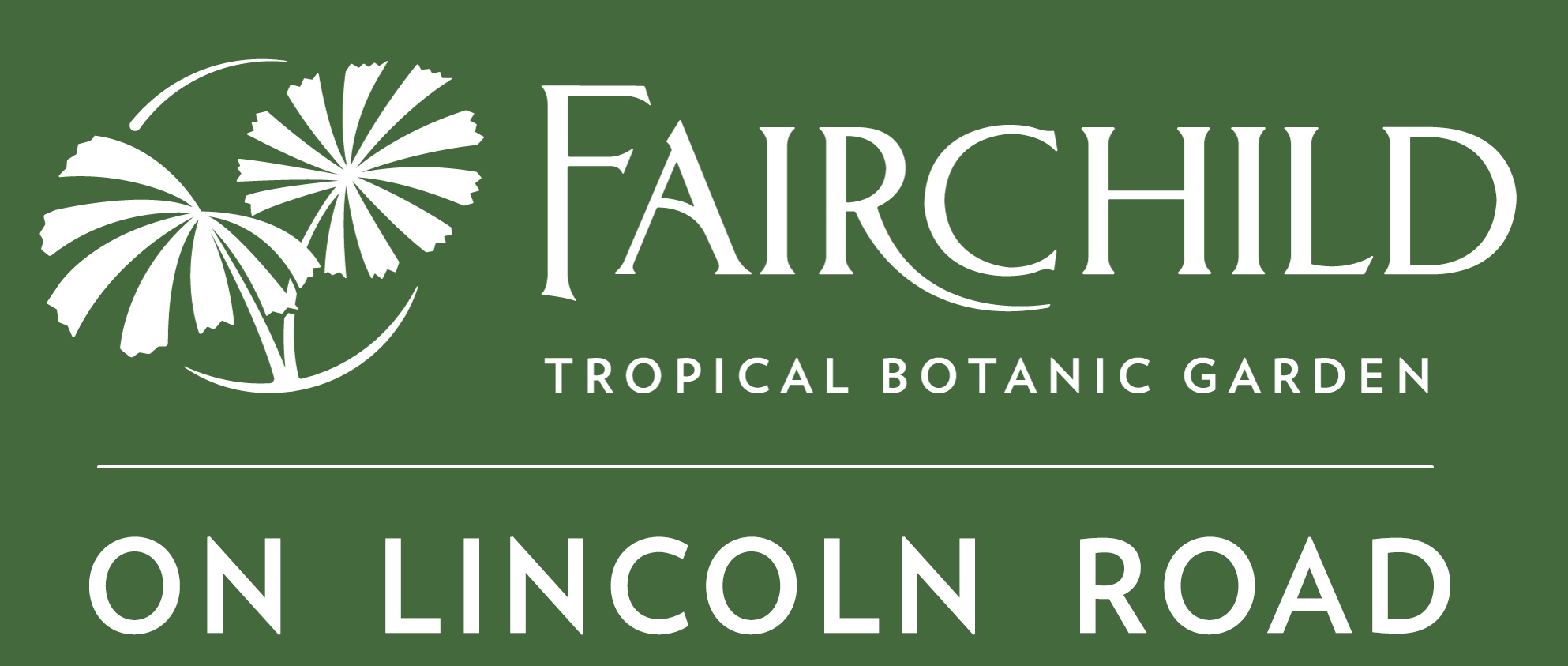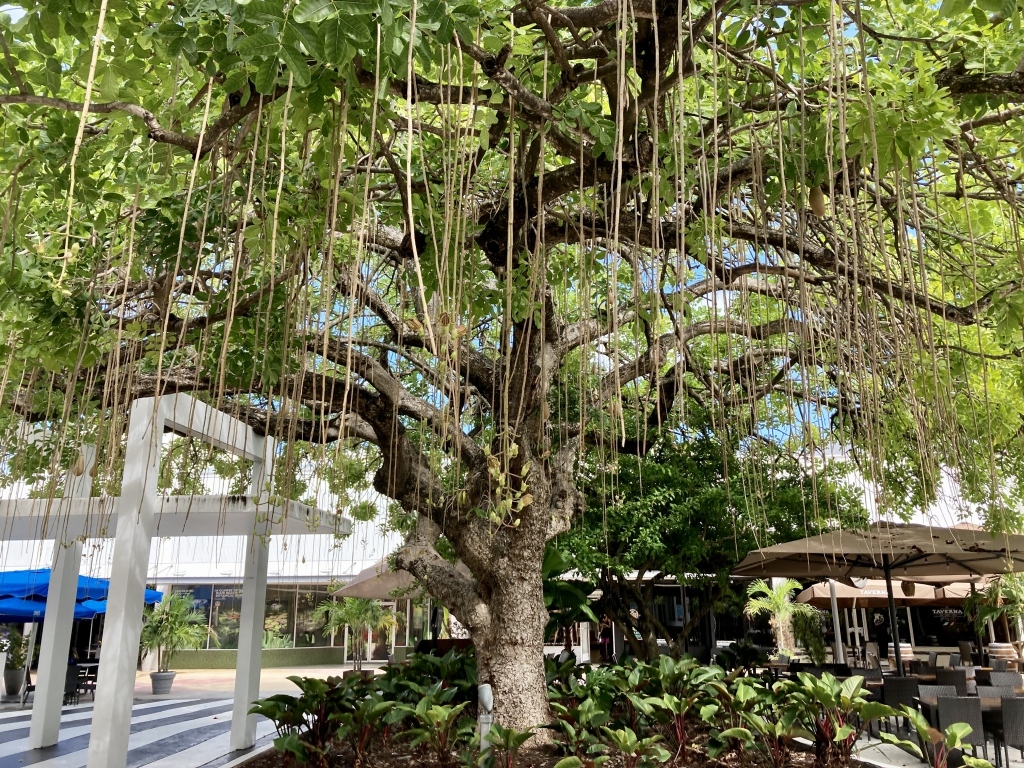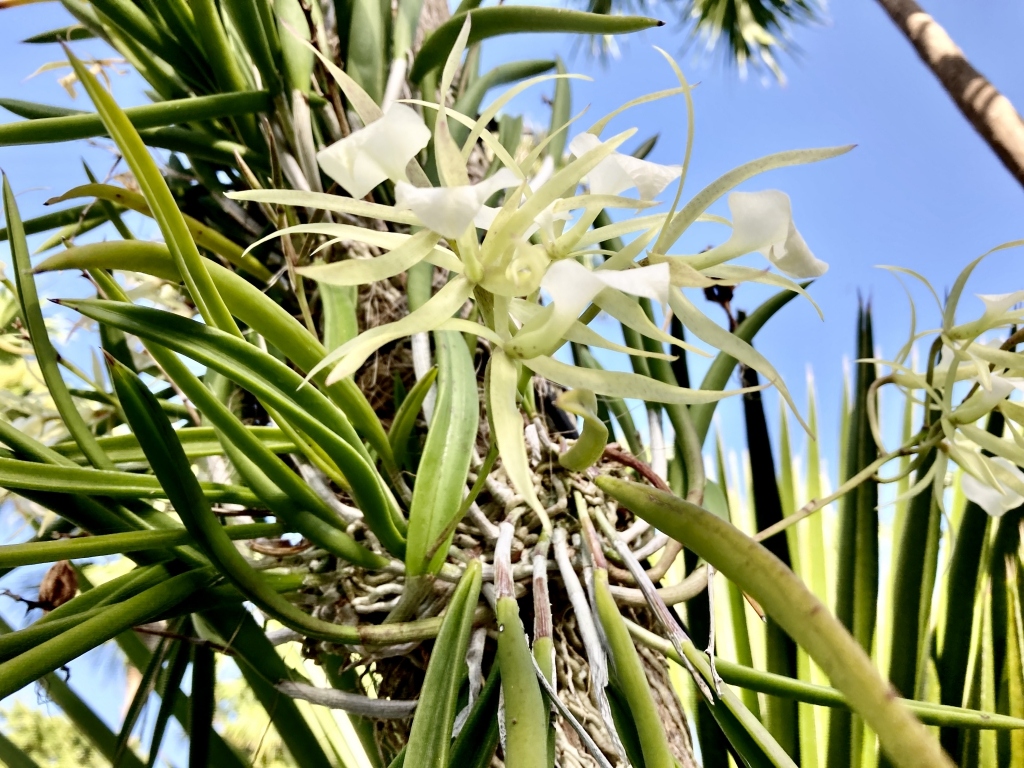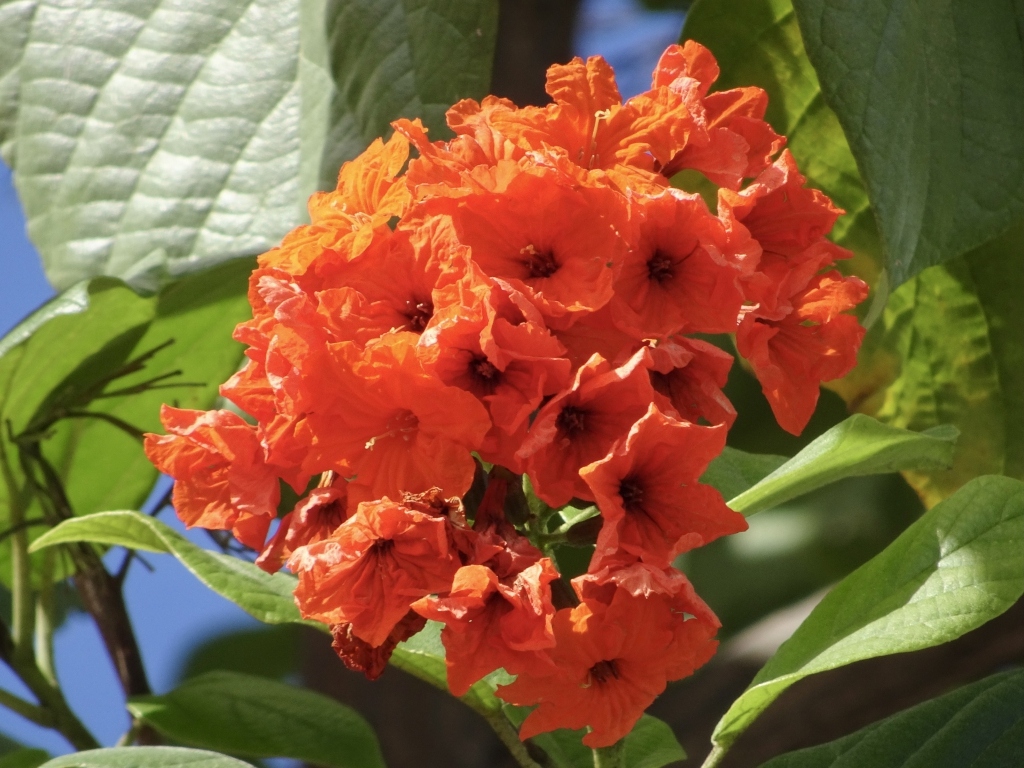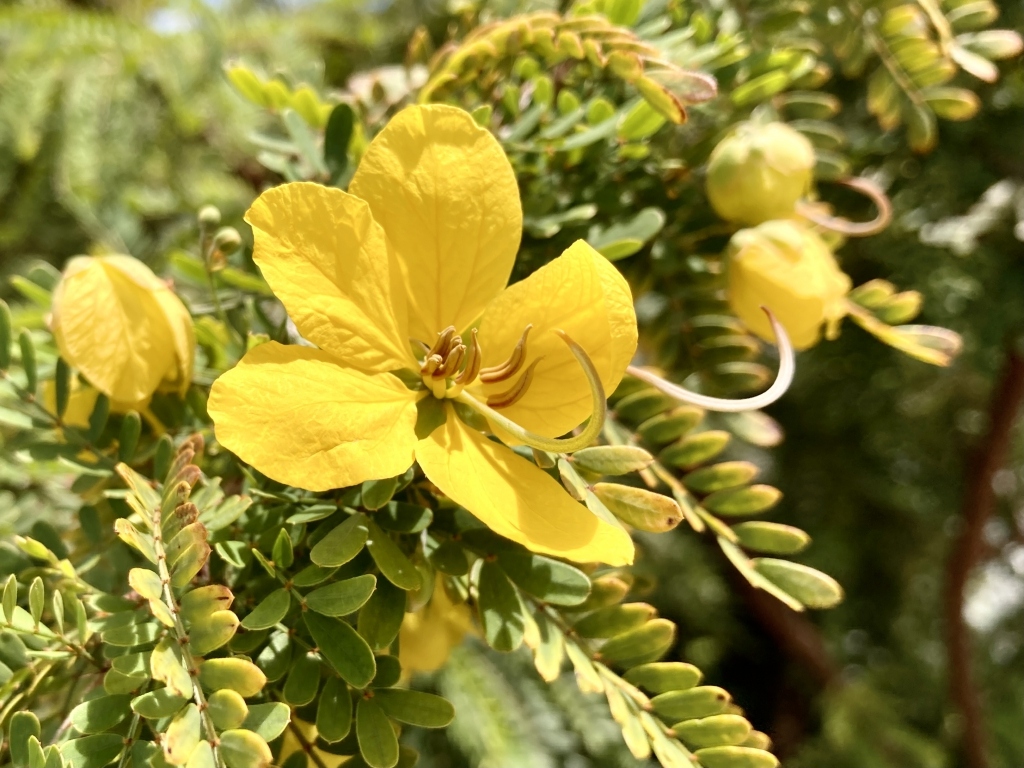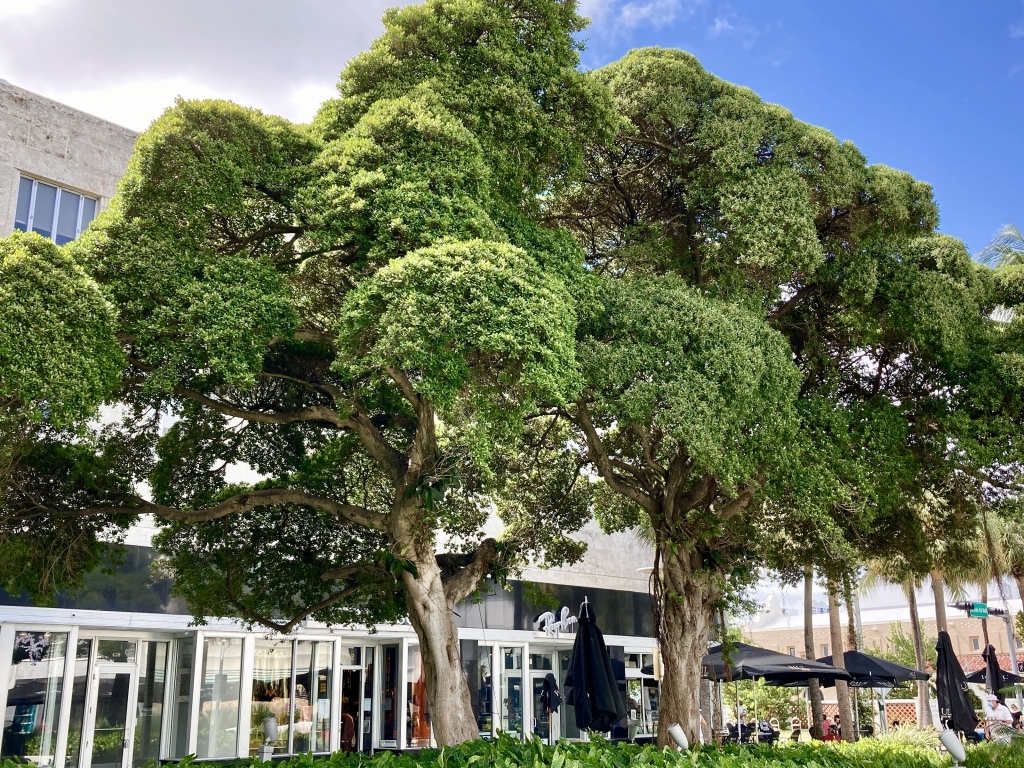Fairchild on Lincoln Road: Creating a Community of Gardens
Fairchild Tropical Botanic Garden is reimagining the landscape of Lincoln Road as a botanic garden, providing public, smartphone-accessible interpretation of the plants. Over 120 QR-coded signs are being installed on trees, palms, and orchids, connecting visitors to plant-specific information and media. Oriented toward visitors and members of the local community, the information can be accessed as a self-guided tour or as on-demand information about individual plants. It includes English and Spanish text, photos, and video.
The project focuses on the most notable elements of the historic Lincoln Road landscape, providing the name, origin, and significance of each plant. Additionally, the most conspicuous and important plants are linked to descriptive videos created by Fairchild scientists. Once the interpretation is in place, Lincoln Road will function as a curated botanic garden with a high level of community engagement.
History of the Lincoln Road Plant Collection
Beginning in 1912, the Lincoln Road corridor was forged from native hardwood hammock and mangrove swamp. As Miami Beach grew, Lincoln Road developed into a community hub and vibrant shopping center. Roadside Australian Pines were replaced with more formal avenue-style palm plantings. In 1960, Lincoln Road was reborn as a pedestrian mall with what is now a world-famous Morris Lapidus design. A combination of hardscape and formal plantings, the Lapidus design is innovative in its incorporation of a tropical ornamental plant collection into an inviting, community friendly urban landscape. Many of the current plantings, especially the most impressive specimens, were planted during that era. A recent westward extension of the pedestrian mall, opened in 2010, includes spectacular native plantings designed by Raymond Jungles. These include examples of the hammock and mangrove flora that existed in the area before development.
Today, Lincoln Road includes an excellent representation of tropical landscape plants from throughout the world, all with compelling stories. Some of the most notable plantings include impressive specimens of flowering trees (e.g. royal poinciana, sausage tree, and tabebuia) and palms (e.g. Sabal palms, date palms, and Caribbean thatch palms). Many ecologically important plants are incorporated into the landscape, supporting interactions with rare birds and insects. The native coontie cycad (Zamia integrifolia) is well represented on multiple blocks, supporting one of the largest colonies of the endangered Atala butterfly. Lincoln Road now includes one of the world’s most significant urban orchid plantings, including rare native Florida and Caribbean species along with larger ornamental specimens.
